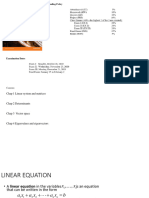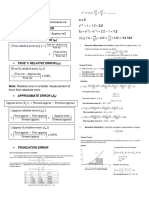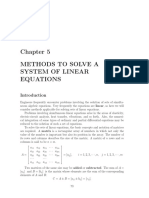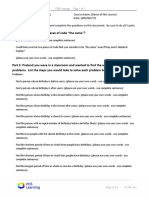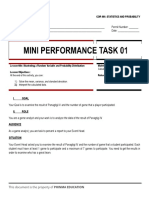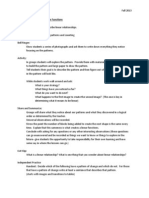0% found this document useful (0 votes)
10 views28 pagesLec 2
The document provides an overview of solving linear equations, focusing on concepts such as elimination, matrix operations, and the use of Gaussian elimination and Gauss-Jordan elimination methods. It explains the representation of linear equations in matrix form and discusses the classification of solutions as consistent or inconsistent. Additionally, it introduces elementary matrices and their role in performing row operations on matrices.
Uploaded by
zombie0854206Copyright
© © All Rights Reserved
We take content rights seriously. If you suspect this is your content, claim it here.
Available Formats
Download as PDF, TXT or read online on Scribd
0% found this document useful (0 votes)
10 views28 pagesLec 2
The document provides an overview of solving linear equations, focusing on concepts such as elimination, matrix operations, and the use of Gaussian elimination and Gauss-Jordan elimination methods. It explains the representation of linear equations in matrix form and discusses the classification of solutions as consistent or inconsistent. Additionally, it introduces elementary matrices and their role in performing row operations on matrices.
Uploaded by
zombie0854206Copyright
© © All Rights Reserved
We take content rights seriously. If you suspect this is your content, claim it here.
Available Formats
Download as PDF, TXT or read online on Scribd
/ 28






